#1 Most Important Element of Positional Chess
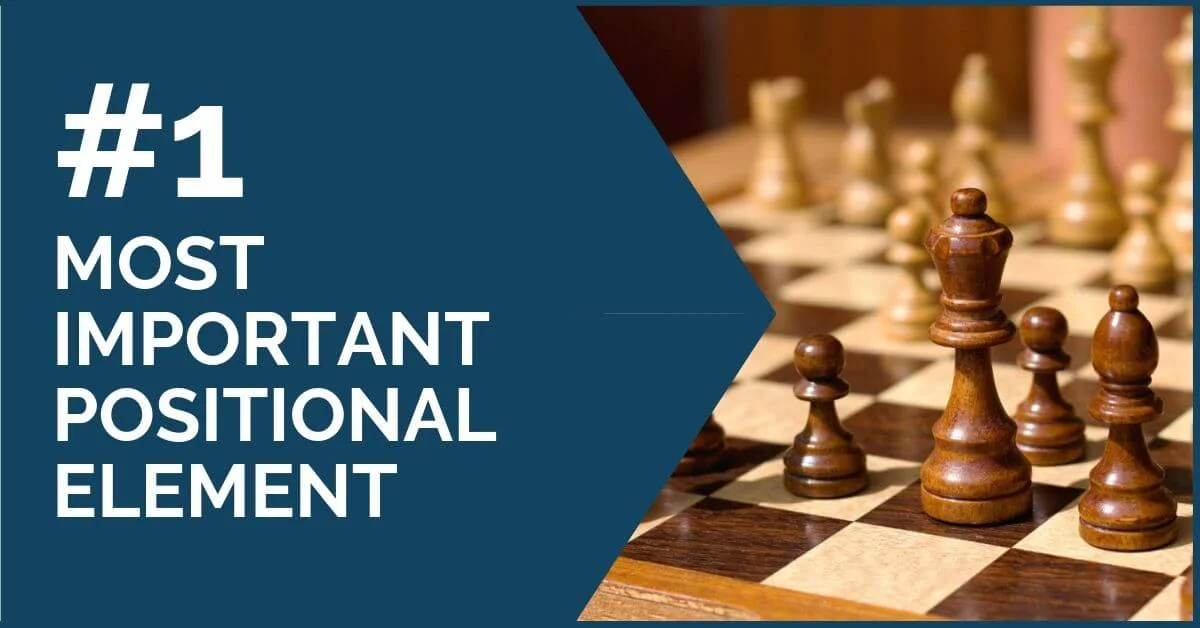
Most chess players are all familiar with the concept of prophylaxis; it is one of the most important elements in the chess battlefield. By definition, prophylactic thinking means “to prevent the opponent’s plans beforehand”. Certainly easy to understand; however, as it happens with every chess concept it is much more difficult to play in practice.
There were many great players who developed a prophylactic style of play, the most notorious one being Tigran Petrosian, but before him, Aaron Nimzowitch had already mentioned the importance of not always thinking on the attack but make moves to safeguard your position instead.
We cannot pass the name of Anatoly Karpov when speaking of prophylactic play; the former World Champion rarely allowed his opponents to be happy.
He was very effective at frustrating his opponent’s ideas. The famous trainer Mark Dvoretsky also dedicated a great part of his work to excel at preventing the opponent’s plans.
Prophylaxis can be played in many forms; although it is often associated with a sort of “defensive” idea, this is not always the case. Sometimes active moves or moves for development can be effective ways of anticipating the opponent’s intentions.
We will now have a closer look at how this concept plays out in practice. We suggest you take these positions and have a deep look before revealing the answer.
Neutralizing the opponent’s idea in a straightforward simple way:
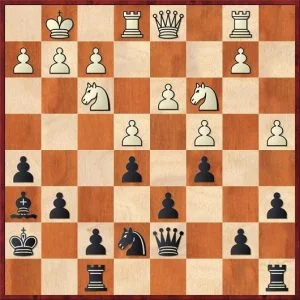
Aronin, L – Kholmov, R
Black to Play
Black has a promising position with real chances on the kingside. A closer look at the position will reveal that white could create some counter-play on the opposite flank by opening the B file.
Kholmov rightly stopped his opponent’s plan before launching his attack against the white king. Quite an instructive position. See how the game continued here:
The Cuban Grandmaster Lázaro Bruzón had a similar situation and reacted in the same way. In the next two diagrams, you can see how useful it can be to prevent your opponent’s only idea before continuing forward with your own.
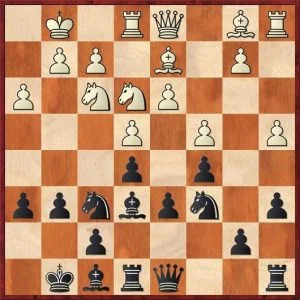
Zambrana, O – Bruzón, L
Black to play
White has just moved his pawn from c3 to c4, what’s the real purpose of this move?
First, it concedes the d4 square, but also the pawn ceases to support any advance with b4. We can realize that white wants to advance his A pawn to a5 and then prepare the b2-b4 rupture with some display of activity at least.
Sounds good but this plan has one flaw, it is black to play.
See how the game continued here:
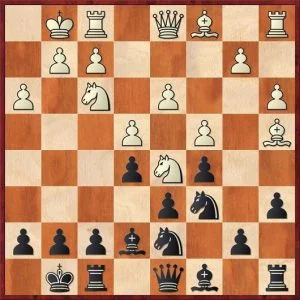
Lakkos, N – Bruzon, L
Black to Play
Again another example of the same action. Threatened by the advance of b2-b4, Bruzón decides a6-a5 would put a permanent break on this rupture and since white has no other prospects on any other side of the board, he can focus on the kingside later on.
See the game here:
When put as examples, all this may look very simple to our readers but we can guarantee you that things aren’t so easy during the game. One has to evaluate well the pros and cons, as nothing is free. Many times one has to give and make moves that are ugly to the eye.
The position in our next diagram is quite educational:
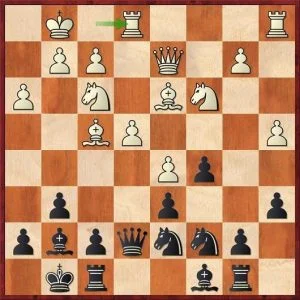
Rychagov, A – Indjic, A
Black to Play
The position is already quite delicate for black, he must be careful. White’s intentions are very clear after move 15.Rfe1; if he manages to advance e4-e5 it will be devastating for black, it usually is.
After some thought, Indjic decided to stop it for some time with the move 15…f6!? It is not pretty, but it does a job. At some point black can modify his pawn structure by advancing f6-f5 or recapture on the e5 square could take place and the pawn structure therefore modified.
After 15…f6 White played 16.Rab1 and the following position arose:

Rychagov, A – Indic, A
Black to Play
Black lacks active ideas now and the threat of b4 is coming. We are sure by now you are well aware of how black should play; however, it is quite remarkable. Black replied with 16…a5! Shutting down the rupture on b file for good but also conceding squares and renouncing on his own plan of b7-b5 in the future.
Good or bad?
Hard to say, we would like to let you judge by yourself after seeing the game:
We hope you have enjoyed reading this article about prophylaxis play and feel free to share and comment. Thank you for reading!



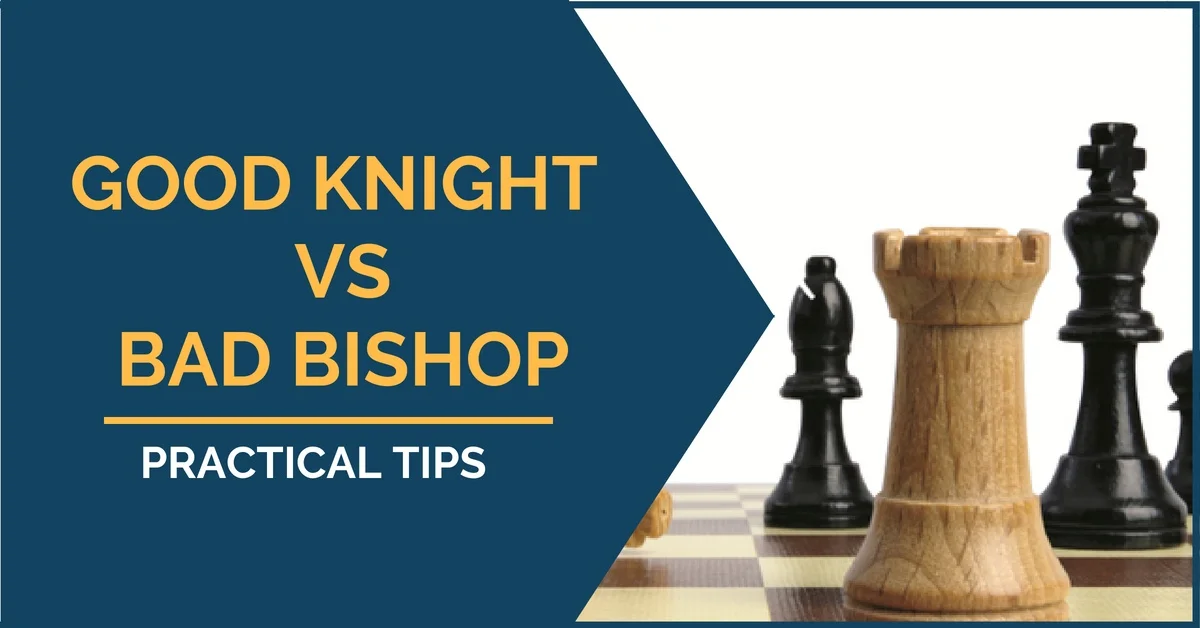
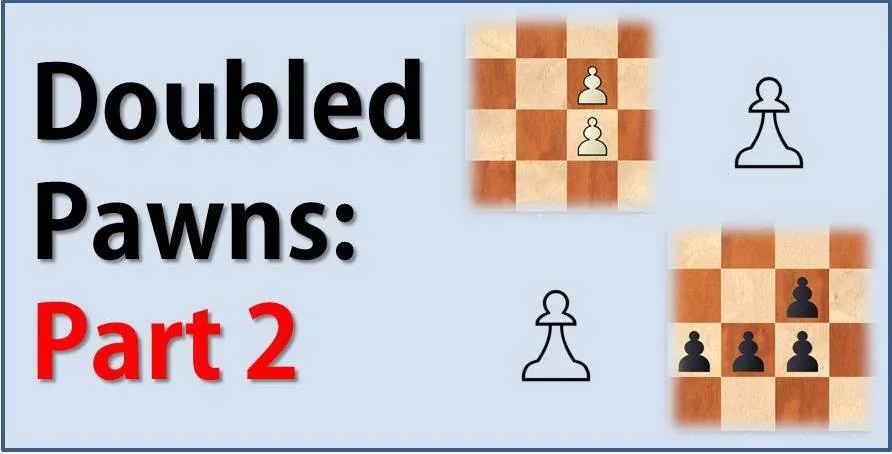
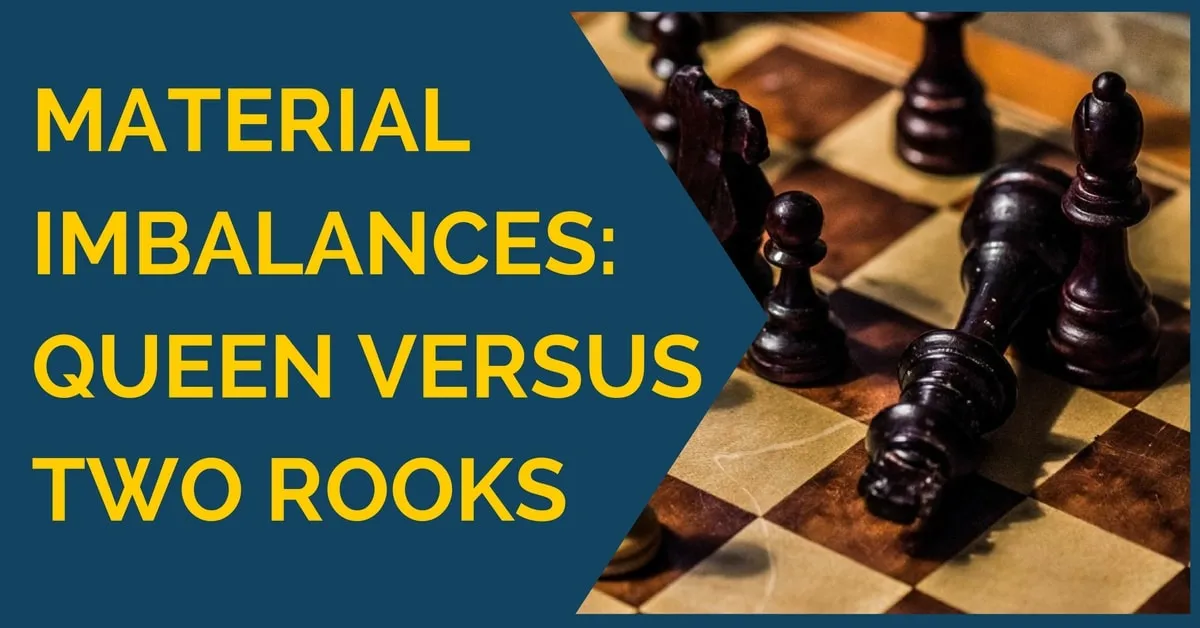




Comments: